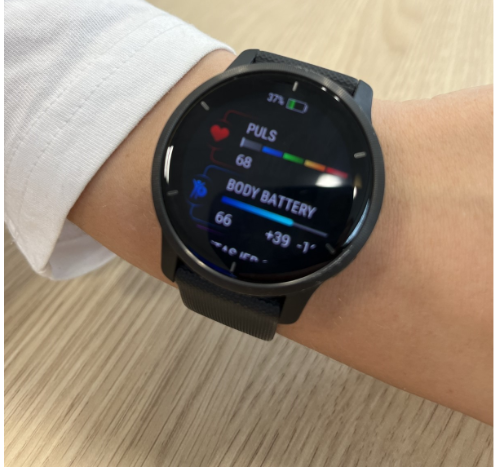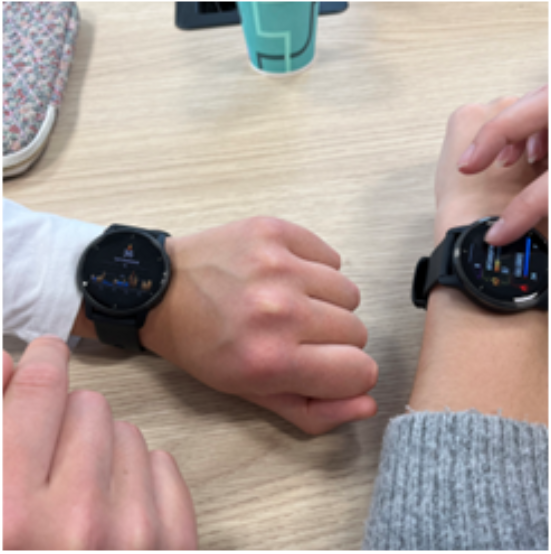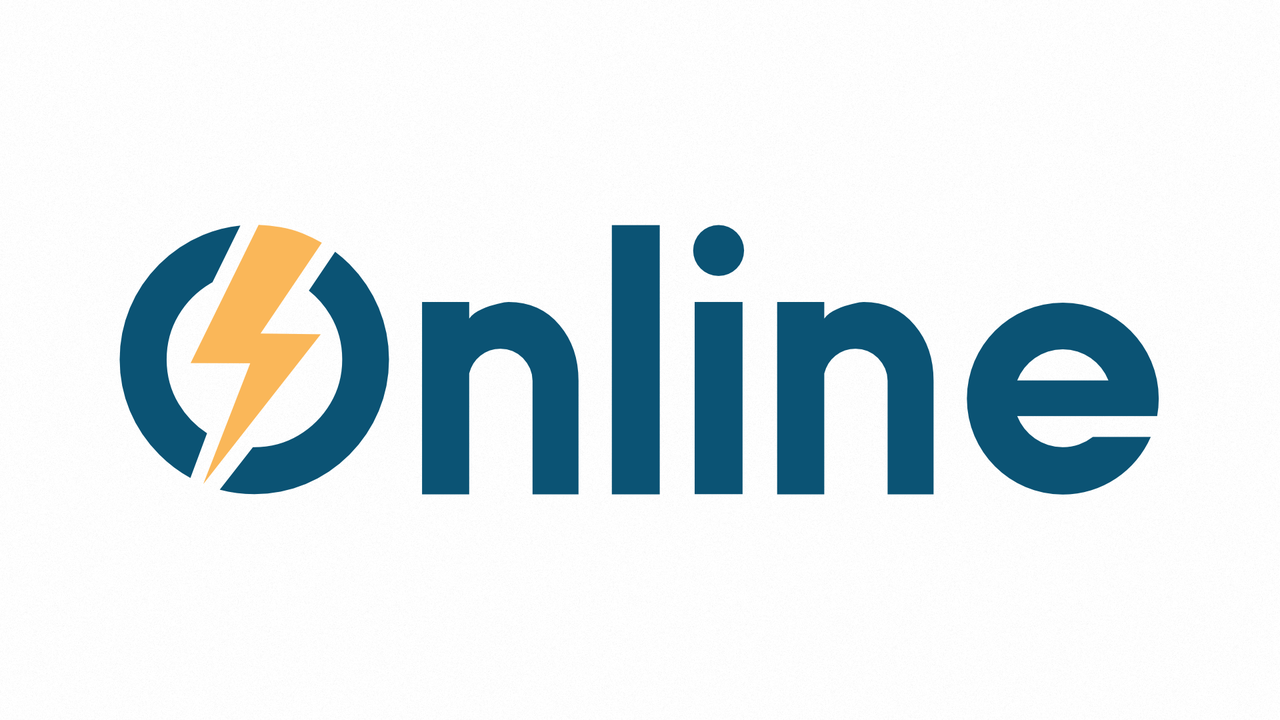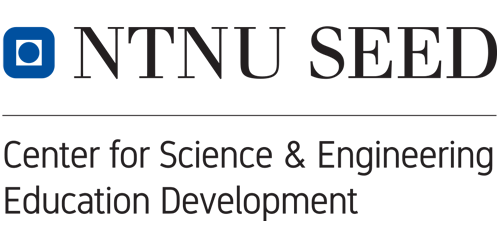Insights from mini projects
Read more about the miniprojects
Cracking the Code: The Key to Quality Cryptography Education
- Written by Hans Ivar Wågsås Ølberg and Jørgen Holt, Excited
In an innovative initiative at NTNU, Tjerand Silde has taken the lead to establish the course TTM4205 - Secure Cryptographic Implementations with support from Excited. The course covers topics not sufficiently addressed in other courses, involving the use of specialized cryptographic equipment that requires extensive understanding and preparation. The motivation behind the mini-project is based on Tjerand's desire for thorough preparation for the implementation of the subject. This project can serve as a model for others looking to introduce new subjects involving laboratory work and the use of new technology.
Project Content and Implementation
The mini-project, conducted last year, secured funds for Tjerand necessary for the course’s establishment. The funds were allocated for, among other things, a teaching visit to Aarhus, where Tjerand met researchers teaching similar subjects. There, Tjerand received valuable feedback, accessed their teaching materials and curriculum, and established a dialogue; this was greatly beneficial for his own implementation and planning of the course. Additionally, the funds were used for testing lab equipment before it was used in evaluations. A student was hired to provide feedback on equipment usage, difficulty, and time spent in the course. The student's feedback was crucial for determining the focus of the evaluations in the course.
Educational Outcomes and Contributions
The essence of the project was the testing of equipment and the development of useful guides based on experiences from the testing. Tjerand felt more confident in the establishment phase of the course due to the experiences he gained during the teaching visit in Aarhus. Tjerand emphasizes the importance of technical preparation, which was crucial for students to receive the necessary guidance and support. Being able to anticipate technical challenges and understand how to handle them requires time and insight, and he had the opportunity to be proactive about potential issues.
Excited's Role and Lessons from the Project
The support from Excited proved to be invaluable, and Tjerand is considering whether it is appropriate to seek similar support to keep the course updated and relevant. Tjerand Silde’s mini-project demonstrates how insight, preparation, and collaboration with expertise can improve educational practice. The lessons from Tjerand’s mini-project can simplify and clarify the process for other educational institutions, and provide insights on how they can take steps to expand their educational repertoire and enhance students' learning experiences.

Different ChipWhisperer kits, which can be used to simulate and conduct cryptographic attacks.
Proactive technology use against stress
- Written by Hans Ivar Wågsås Ølberg and Jørgen Holt, Excited
With support from Excited, Jostein Engesmo, along with colleagues Fay Giæver and Niki Panteli, has conducted a project aimed at using technology as a tool for stress management and emotion regulation among students. Specifically, using smartwatches, the project explored how technology can promote awareness of stress, emotions, and overall health and well-being related to students' study situations.
Background and development
Through his mini-project, Engesmo delved deeper into the role of technology in both causing and managing stress and emotions. The project is based on a holistic understanding of stress and emotions, including, but not limited to, the distractions and interruptions modern technology brings. With smartwatches as tools, the goal was to equip students with means for self-monitoring and self-reflection on their technology use and stress levels.
Over a period of six weeks, students participated in a program designed to promote a deeper understanding of their own stress patterns and emotions in a study situation. By combining the use of smartwatches with diary entries before and after specific study activities, students were guided to observe the connection between their technology use, stress levels, emotions, and overall well-being. The project promoted a methodology where students could actively explore and reflect on their own study routines.
Feedback and insights
Participants in the project expressed a noticeable increase in awareness of their stress levels and how these affected their performance. By applying emotion regulation strategies, students became more aware of their choices. These strategies could involve choosing environments based on the need for concentration, engaging in focused work sessions, and taking proactive breaks during work sessions.
Despite the likelihood that the information provided by the smartwatches does not accurately represent reality, the project highlighted how interpreting the information can still be a valuable source of reflection.
Excited's role
Engesmo highlights Excited as crucial in ensuring an opportunity to think innovatively and outside the box when it comes to initiatives that promote student satisfaction and learning. Excited's mini-project scheme thus served as more than just financial support for the project's implementation.


Effective student reflection and feedback
- Written by Hans Ivar Wågsås Ølberg and Jørgen Holt, Excited
Frank Alexander Kraemer's project aims to promote student engagement in teaching using a digital platform that gathers students' reflections and feedback after each teaching session. The platform enables the sharing of learning experiences and challenges, providing valuable information for lecturers to adjust the teaching content.
Background and Development
In response to the need for increased student engagement during the pandemic, Kraemer established a project to facilitate the collection of student feedback. It started with a basic prototype and has since evolved into a website system with both a database, automated data collection, and analysis. The main idea is that each student responds to what they performed best in a teaching session and which concept was most challenging. The feedback is then sorted by theme, making it very easy for a lecturer to gain a good overview within a few minutes.
Contribution of the Project to Pedagogical Practice
By analyzing student feedback, lecturers can adapt and adjust teaching materials based on actual, expressed student experiences. This allows for early identification of misunderstandings and gives lecturers the opportunity to focus where they feel it is most needed. By acknowledging even isolated feedback pointing to fundamental misunderstandings, lecturers can revisit these aspects in later lectures to ensure increased depth of understanding among students. The platform has also contributed to bridging the gap between what lecturers assume is most challenging and what students actually experience as demanding. This can help tailor teaching to better meet the needs of students.
Excited's Role in the Project
The mini-project funds received from Excited have helped ensure that the idea was further developed from the early web form solution used during the pandemic to a functional website solution. By providing early funding, Excited has served as a catalyst for new innovative approaches to teaching and student participation.
Future of the Feedback Tool
Based on the website solution developed as part of the mini-project at Excited, the tool has been further developed. Today's solution uses FEIDE login and can also be easily used by instructors even if they want to add other subjects.
In the wake of the explosive development of generative artificial intelligence, efforts are currently underway to apply more powerful AI tools that will enable automatic sorting of feedback from students. This development can further break down barriers to using the tool. This is a result of seamless application of the results from the feedback provided by students.

Understanding Challenges Faced by IT Students Learning Empirical Research Methodology
– Written by Ola Sæther and Hans Ivar Wågsås Ølberg, Excited
Syed Sajid H. Shah at NTNU conducted a project based on the course IT3010: Methods for Empirical Research in IT and Digitalization. The course offers an active learning experience in empirical research for computer science and data students. Students start with a practical problem, review the latest research on the subject, and develop a conceptual framework used to formulate research questions. They attempt to answer these questions by gathering and analyzing empirical data. The findings are presented in a scientific paper while students also conduct peer reviews of others' articles.
Through this project, Sajid aimed to delve deeper into the aspects of the course that students found challenging. He surveyed the literature and identified threshold concepts that students encounter when learning about empirical research methods. These threshold concepts were then used to analyze students' learning experiences in the course. As a result of the project, Sajid aimed to focus on how the course could be adapted in the future to address the challenges students faced.
Background of the Project
The motivation behind the project stemmed from Sajid's perception of how IT professionals typically approach solving empirical problems. He observed that the problem-solving process often relies on Google searches, where software developers attempt to use and adapt the first code they find on forum sites like StackOverflow. Sajid sought to enhance the focus on deeper knowledge and understanding by improving IT students' education in research comprehension and methodology.
Student Reflection
At the end of the IT3010 course, students submitted a reflection report detailing their learning experience throughout the semester. In addition to analyzing these reports, Sajid conducted interviews with the students to better understand their perspectives. He found that developing a conceptual framework was particularly challenging for the students. Furthermore, he discovered that many other threshold concepts might be related to the theoretical framework.
Excited's Role in the Project
For Sajid, Excited played a crucial role in project execution. He describes Excited as a critical gateway for early research. Beyond financial support, Sajid emphasizes access to a platform for sharing ideas, results, and methods. According to Sajid, the arenas facilitated by Excited have contributed to presenting research findings in a way that extends beyond pure academic interest.
Future Applications
The project's results have clear applications for improving and further developing the IT3010 course to meet students' needs. Additionally, Sajid sees significant transferability in the project. He believes that the methods and approaches used will be relevant for other courses, especially in using reflection reports as a tool to understand what students struggle with.
Making Research Come Alive: The Role of Infographics for Students
– Written by Ola Sæther and Hans Ivar Wågsås Ølberg, Excited
Oddlaug Lindgaard, along with Line Kolås and Ninni Rotmo Olsen at Nord University, conducted a project focusing on the use of infographics in students' research work. The project originated from the observation that IT students are adept at gathering data but often encounter challenges when it comes to analyzing the collected information. By introducing students to visual representation approaches, the project aims to make the analysis part more accessible and understandable for the students. We interviewed Oddlaug to gain deeper insights into the project:
Motivation behind the Project
Line, through mentoring bachelor's and master's students, identified the need to enhance IT students' analytical skills and found that visualization could be a key aspect. With support from Katie A. Lineer, who teaches visualization, several workshops were conducted, focusing on how infographics can be used as a tool/method for student research. The program has only been tested on IT students so far, but it's plausible that it could also benefit students from other disciplines.
Learning Outcomes
Oddlaug mentioned that several students participating in the project had an "aha" moment realizing that tasks could be made more visual. In the process of creating good visualizations, they also had to work iteratively, resulting in many gaining greater clarity in their projects. Student feedback has been positive, with some explicitly stating that working with infographics has had a significant impact. The project also led to the development of a teaching plan consisting of nine different exercises for using infographics. The idea is to implement this teaching plan for future cohorts, making it mandatory to introduce as many students as possible to this approach.
Contribution from Excited
Without support from Excited, the project would not have been executed. Financial support from Excited made it possible to bring in external experts like KatieKaty to enhance the project. Excited is seen as a critical partner for future projects, being invaluable in providing educators with the opportunity to develop and improve the teaching they offer, as mentioned by Oddlaug.
Bridge Builder Between IT and Sustainability
– Written by Ola Sæther and Hans Ivar Wågsås Ølberg, Excited
Simone Mora from NTNU and MIT, along with Sanjana Paul from MIT and Åse Håtveit from NTNU, conducted a workshop focusing on sustainability through programming. The workshop aimed to familiarize IT students with environmental data and apply this knowledge to develop applications for sustainable practices. We had a conversation with Simone and Åse to understand more about the project:
Motivation
"We realized the importance of introducing IT students to sustainability, but it can be challenging due to the complexity and broad application areas of the field. By combining coding with environmental science, we aimed to create a bridge between these two disciplines. Through the workshop, students gain a deeper understanding of environmental data and how they can use programming to address real sustainability challenges."
Practical Experience and Deeper Understanding
"Several students have expressed that they now see how IT can play a crucial role in making the world more sustainable. By working with real data and creating applications, they have gained practical experience that they can carry into the future. The workshop has provided them with skills not only in programming but also in interpreting and understanding environmental data at a deeper level."
Excited for Excited
"Excited has contributed significantly. They have facilitated insightful discussions with competent professionals in the field through events and meetings. At the same time, they have funded bringing the workshop to NTNU and laid the foundation for a good collaboration with Trondheim Municipality."
Simone appreciates that Excited supports not only local individual projects but also contributes to larger international projects.
Dynamic and Branching Videos in Mathematics Education
– Written by Ola Sæther and Hans Ivar Wågsås Ølberg, Excited
Project leader Tonje Jin, with a background in mathematics and extensive experience in digital media, has developed a project focused on instructional videos in mathematical subjects. These videos aim to accommodate students' varying levels of background knowledge. A key aspect involves students being able to ask questions by clicking on an info button in the video window. The idea is to provide an experience of direct interaction with the lecturer. When questions are asked, it feels as if the lecturer is receiving and answering the students' queries in real-time. The videos can vary from 8 to 30 minutes, depending on the students' needs.
Background of the Project
Tonje has been involved in similar projects for over ten years. She perceives that more tailored teaching is the trend for the future of education. Her passion for the subject and a strong desire to create a well-structured program tailored to mathematical education were decisive motivational factors that brought the project to fruition.
Contribution to Learning, Understanding, and Student Satisfaction
The project has been implemented in the Mathematical Methods 2 course, and the feedback from students has been very positive. Students were given the opportunity to provide input on which topics they wanted additional resources for. Particularly challenging topics were emphasized, and the videos thus contributed to increased understanding, mastery, and engagement among the students. Students express feeling that they understand the content covered and that it aligns well with their desires.
Excited's Importance for the Project
Tonje highlights that Excited has been a crucial supporter for the project. The financial support has enabled necessary equipment and resources. Additionally, Excited has contributed through forums focused on discussions and conversations about the project and similar initiatives. Tonje emphasizes that she experienced Excited as crucial for kickstarting the project.
Application of Project Results
Tonje mentions receiving inquiries every year about why more people don't utilize the same method in teaching. She believes this concept can be adapted to other courses and fields with significant success. However, she acknowledges that implementing the method is time-consuming and requires a certain level of competence in digital media to create such videos effectively. Tonje sees this as just the beginning of the project. Further development, additional data collection, research, and gathering feedback are on the horizon.







